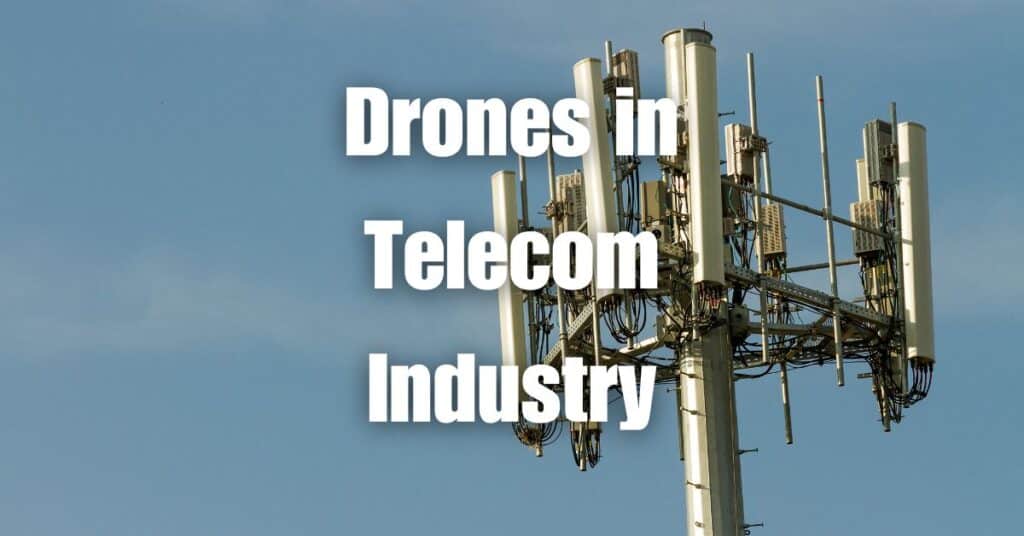As drone LiDAR technology continues to revolutionize various industries, from environmental monitoring to infrastructure management, the importance of addressing the ethics of LiDAR data collection has never been more critical. This powerful technology comes with significant implications, and it is essential to understand and navigate the ethical challenges it presents. In this comprehensive guide, we will explore the ethical considerations of drone LiDAR data collection and discuss best practices for responsible and transparent use of this cutting-edge technology.
Background on Drone LiDAR Technology
What is LiDAR and How It Works
LiDAR, which stands for Light Detection and Ranging, is a remote sensing technology that uses laser light to measure distances and generate highly accurate three-dimensional (3D) representations of the Earth’s surface. A LiDAR system consists of a laser, a scanner, and a specialized GPS receiver. During operation, the LiDAR system emits laser pulses, which bounce off objects in their path and return to the receiver. By calculating the time it takes for each pulse to return, the system can accurately determine the distance to the target object.
When mounted on drones, LiDAR systems can quickly cover large areas and gather high-resolution data from hard-to-reach locations. The combination of drones and LiDAR technology has opened new possibilities for various industries, offering faster, safer, and more accurate data collection methods.
Applications of Drone LiDAR in Various Industries
Drone LiDAR technology has found numerous applications across a wide range of industries. Some of the most common uses include:
Environmental Monitoring and Management: LiDAR-equipped drones can generate detailed 3D models of forests, wetlands, and other ecosystems, helping scientists and conservationists monitor changes in land use, track species populations, and assess the health of habitats.
Infrastructure Inspection and Maintenance: Drone LiDAR can be used to inspect critical infrastructure, such as power lines, bridges, and dams, detecting potential issues and reducing the need for costly and dangerous manual inspections.
Agriculture: In agriculture, drone LiDAR can create accurate topographic maps, identify areas with drainage problems, and assess crop health, enabling farmers to make informed decisions about irrigation, fertilization, and pest control.
Archaeology and Cultural Heritage: Archaeologists and cultural heritage professionals can use drone LiDAR to create detailed 3D maps of archaeological sites, uncover hidden features, and document historic structures without disturbing the surrounding environment.
Urban Planning and Development: City planners and developers can benefit from drone LiDAR data by using it to create accurate 3D models of urban environments, assess the impact of proposed projects, and identify potential issues with infrastructure and utilities.
These applications represent just a few examples of the many ways drone LiDAR technology is transforming industries and enhancing our understanding of the world around us. As the technology continues to advance, it’s essential to consider the ethical implications of its use and ensure that we adopt responsible practices in data collection and analysis.
Ethical Considerations in Drone LiDAR Data Collection
Privacy Concerns and Data Protection
One of the primary ethical concerns surrounding drone LiDAR technology is the potential invasion of privacy. As the technology becomes more powerful and precise, it’s increasingly important to address the potential for misuse or abuse of sensitive data. Privacy concerns arise when drone LiDAR data is collected in areas where individuals have a reasonable expectation of privacy, such as their homes or backyards.
To protect privacy, it’s crucial to implement data protection measures, such as anonymizing personal information and ensuring that data is collected, stored, and used only for its intended purpose. Additionally, drone operators should follow local and national regulations regarding drone usage and data collection to ensure compliance with privacy laws.
Environmental Impact
While drone LiDAR technology can provide valuable data for environmental monitoring and conservation efforts, it’s essential to consider the potential negative impacts on wildlife and ecosystems. Drones can sometimes disturb wildlife, especially birds and other sensitive species, causing stress or disruptions to their natural behaviors.
To minimize environmental impact, drone operators should adhere to best practices for flying in sensitive areas, such as maintaining a safe distance from wildlife and avoiding nesting or breeding sites. In addition, operators should obtain necessary permits and follow guidelines established by wildlife agencies and conservation organizations.
Cultural and Historical Site Preservation
Drone LiDAR technology has proven valuable for archaeologists and cultural heritage professionals, enabling them to document and study historical sites with minimal impact on the environment. However, it’s essential to consider the ethical implications of collecting data from culturally sensitive areas, such as sacred sites or burial grounds.
In such cases, drone operators should consult with local communities and stakeholders to obtain permission and understand any cultural sensitivities or restrictions that may apply. This approach helps ensure that drone LiDAR data collection respects the cultural and historical significance of these sites while still providing valuable information for research and preservation efforts.
Best Practices for Ethical Drone LiDAR Data Collection
Obtaining Necessary Permits and Permissions
Before conducting drone LiDAR data collection, it’s essential to obtain the necessary permits and permissions from relevant authorities and stakeholders. This may include local and national government agencies, landowners, and indigenous communities. Obtaining proper authorization helps ensure that drone LiDAR operations are conducted legally and ethically and minimizes the potential for conflicts or misunderstandings.
Transparency in Data Collection and Usage
Transparency is a crucial aspect of ethical drone LiDAR data collection. Operators should clearly communicate the purpose and scope of their data collection efforts, as well as any potential risks or impacts. By being transparent and open about data collection activities, operators can build trust with stakeholders and the public and demonstrate their commitment to ethical practices.
Adhering to Industry Standards and Regulations
To ensure ethical drone LiDAR data collection, operators must adhere to industry standards and regulations. This includes following best practices for drone operations, such as maintaining proper altitude and distance from sensitive areas, as well as complying with local and national laws governing drone usage and data privacy. By adhering to established standards and regulations, drone operators can help ensure that their activities are conducted safely, responsibly, and ethically.
The Role of Companies and Governments in Ensuring Ethical Drone LiDAR Use
Corporate Social Responsibility
Companies that utilize drone LiDAR technology have a responsibility to ensure their operations are conducted ethically and in compliance with applicable laws and regulations. This includes implementing policies and procedures for responsible data collection, storage, and use, as well as providing training and resources for employees to understand and adhere to ethical guidelines.
By embracing corporate social responsibility, companies can demonstrate their commitment to sustainable and responsible business practices. This not only enhances their reputation and credibility but also helps to build trust with customers, partners, and the wider public.
Regulatory Frameworks and Enforcement
Governments play a crucial role in ensuring the ethical use of drone LiDAR technology by establishing robust regulatory frameworks that address potential risks and challenges. This includes creating laws and regulations governing drone operations, data privacy, and environmental protection, as well as providing guidelines for the responsible use of drone LiDAR technology in various industries.
Enforcement of these regulations is equally important, as it helps to deter unethical practices and ensures that companies and individuals are held accountable for their actions. Governments should invest in resources and infrastructure to monitor drone LiDAR operations, investigate potential violations, and impose appropriate penalties when necessary.
Conclusion
In conclusion, the ethics of LiDAR data collection are an essential aspect of responsible drone LiDAR usage. By understanding and addressing privacy concerns, environmental impact, and cultural preservation, we can ensure that this technology serves the greater good while minimizing potential harm. Adhering to best practices, corporate social responsibility, and regulatory frameworks will help ensure that drone LiDAR technology is used ethically and responsibly.
If you’re interested in learning more about drone LiDAR technology, we recommend reading our Aerial LiDAR 101: An Introduction to its Applications and Benefits article. Should you require any drone services, don’t hesitate to contact Blue Falcon Aerial – our team of experts is ready to assist you with your needs.




